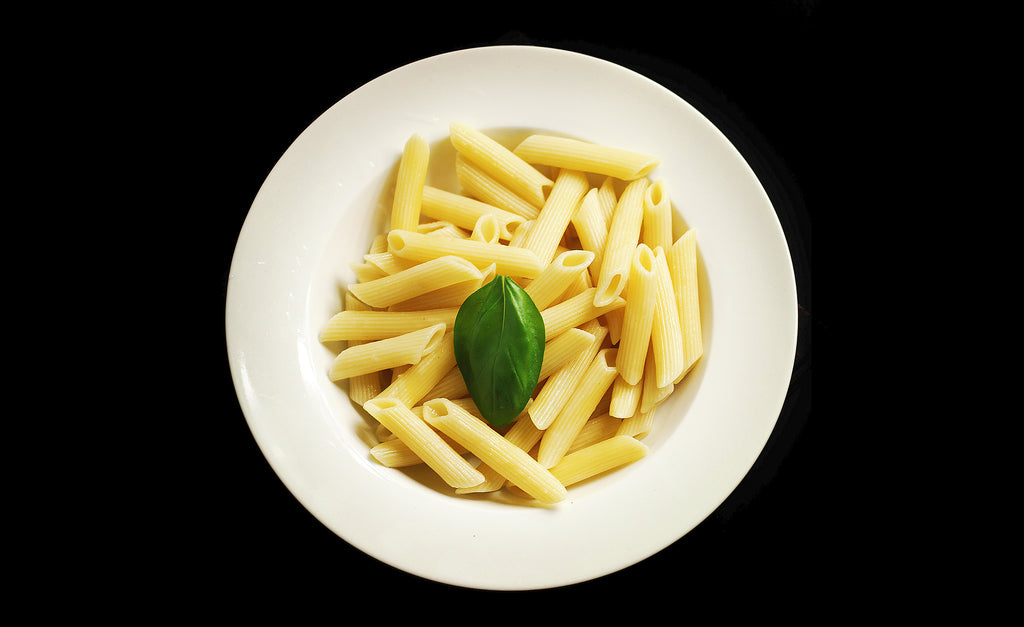
HERE'S HOW TO RECOGNIZE QUALITY PASTA AND TRUE WHOLE WHOLE PASTA

Pasta is part of the slow assimilation carbohydrates and plays a fundamental role in our diet.
Cereals, in fact, are found at the base of the food pyramid and are healthy for the proper functioning of our body.
Combined with noble proteins and in the right doses, pasta is a choice with very high biological value.
Buying the best type, therefore, is very important for your health.
However, it is not always easy to do so only through the label and for this reason it is good to know the basics that regulate its production
Durum wheat semolina is the only flour allowed by our regulations to obtain dry pasta and is distinguished by the high elasticity it gives to the dough.
So this ingredient is the first item to look for on the label.
AMONG THE MANY TYPES ONLY THE EXCELLENCES
In addition to the legal data, there are optional writings on the packaging that can guide you towards the best purchase.
For example, if the pasta has undergone long processing , drying at a temperature that is not too high, if it has been bronze drawn, if the wheat has a PGI certification or if it comes from organic farming which, by law, cannot use herbicides such as glyphosphate (the most widespread herbicide in the world and probable carcinogen) or even if it contains a good percentage of proteins, and so on…
To understand the difference between a poor quality pasta and a good one, we must also talk about the world in which it is made and the time it takes to obtain an excellent product.
Of course, quality pasta costs a little more, but you can see and feel the result on the plate.
THE LABEL IS OK IF…
Look for quality writing on the packaging
- Made of semolina or Senatore Cappelli durum wheat semolina, also wholemeal
- The percentage of proteins: check that the proteins are between 12.5 and 15%. A value of 13.5% indicates excellent semolina.
- Slow processing (ideal drying at 40°C, never above 70)
- Bronze drawn is the best
- The possible PGI
- ORGANIC, with European certification, place of origin and production. More and more producers report that the wheat is 100% Italian
WHOLE WHOLE PASTA
To be defined as " wholemeal durum wheat semolina " , the pasta must be made with wholemeal semolina and water (items to be read on the label).
Wholemeal pasta is preferable to refined pasta due to its higher content of fibre, mineral salts, vitamins and proteins (minimum 11.50 per 100 parts of dry matter). Recognizing a true wholemeal pasta, however, is not simple, also because they are sometimes produced with refined white flours enriched, for example, with bran or middlings.
In practice the word wholemeal is used as an advertising reminder only on the label while the product has characteristics very similar to the usual refined pasta.
According to the law, in fact, a refined product integrated with bran can still be called wholemeal .
Another good reason to read the label carefully.
PREFER ORGANIC AND DARK QUALITY AND YOU WON'T MISTAKE
Whole grains also preserve the external part of the grain, i.e. the part most exposed to chemical treatments made with pesticides or pesticides.
Choosing an ORGANIC product, then, is undoubtedly better because this limits the risk of eating polluted pasta.
In organic flours, the origin of the raw material must also be indicated with EU or NON-EU indication next to the symbol of a specific certification body.
Real wholemeal pasta must be dark in color (not light brown). A side consideration: truly wholemeal flours, precisely because of their nutrient content, including essential oils, deteriorate quickly, risking going bad and producing mycotoxins.
For this reason it is not possible to produce large quantities of wholemeal flours for large industries, given that long storage is not feasible with such a "live" flour.
THE LABEL IS OK IF…
The ideal parameters of a raw pasta doc
- High amount of protein (at least 11.5 g per pound)
- High quantity of fiber (6/6.8 g per hectogram is the minimum) The more the better.
- Absence of foreign substances (for example cellulose or microcrystalline)
- Typical dark brown colour
- Origin from organic farming with the European seal of the certifying body, a sign of legality and correctness. Some producers of more expensive pastas add "Italian Grains".
- Good hold after cooking (the pasta must not overcook or break)
I hope I have been helpful with this article and the choice is yours.
You can continue to buy poor quality pasta and in the long run it could perhaps cause you some health problems or you can start eating healthier.
Do a simple experiment:
Buy a quality pasta and cook 50g of it and you will see that once cooked it will occupy the same volume as 100g of an industrial pasta. You see that in the end a quality pasta is not that much more expensive.
If you want to start eating healthier and better quality, I'll wait for you in the store or you can buy online on our website.
comments ( 2 )
Grazie per la divulgazione necessaria per fare chiarezza in un mare di informazioni confuse.
Susanna Battaglia biologa nutrizionista.

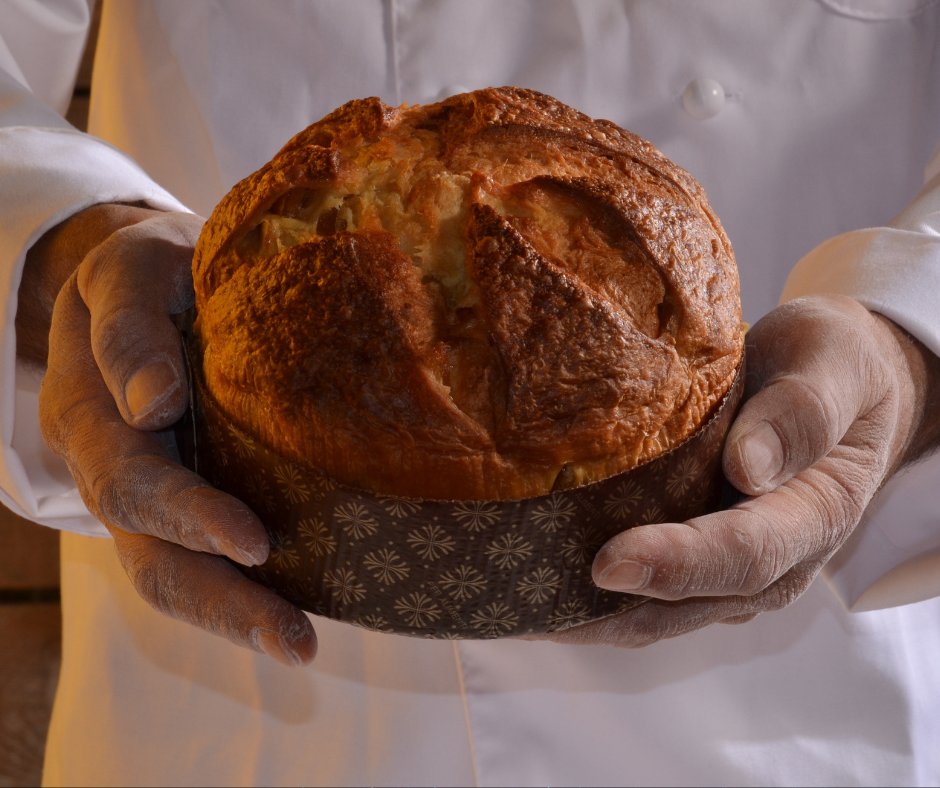
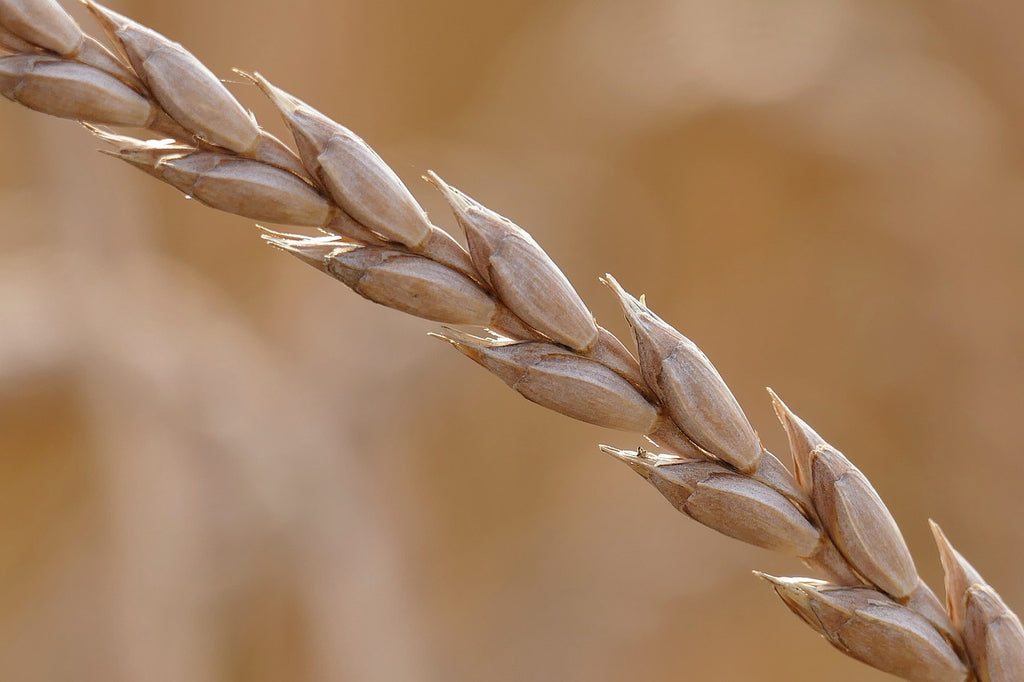
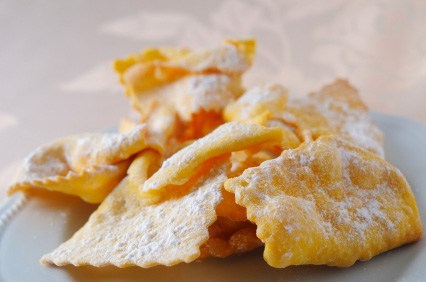
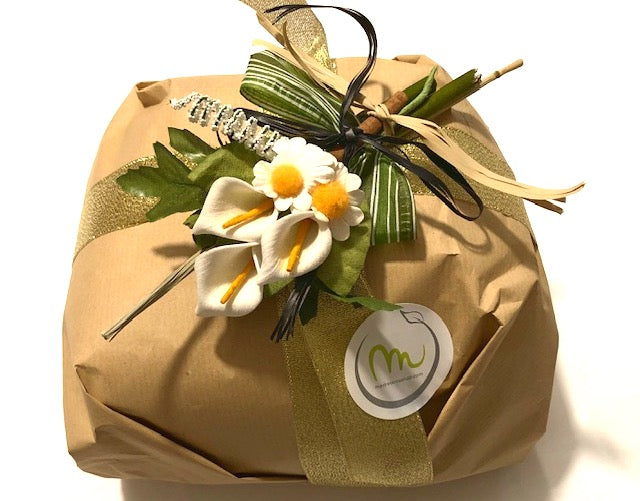
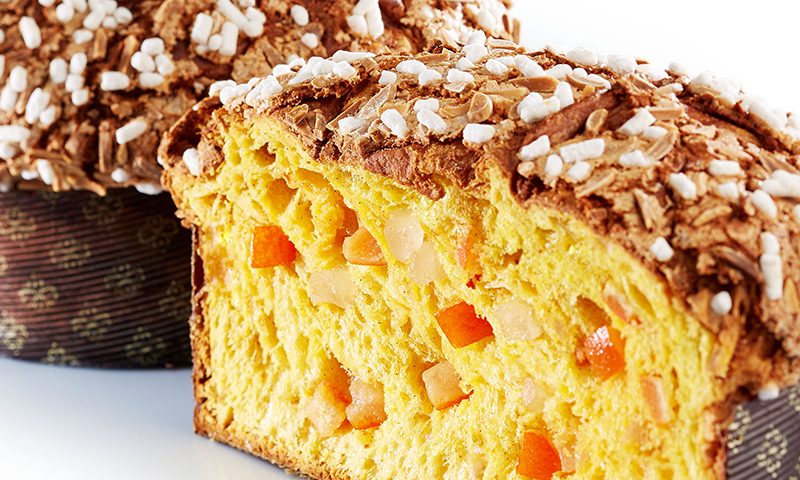
E stato un chiarimento di grande valore. I negozi normali non hanno prodotti integrali di qualità.